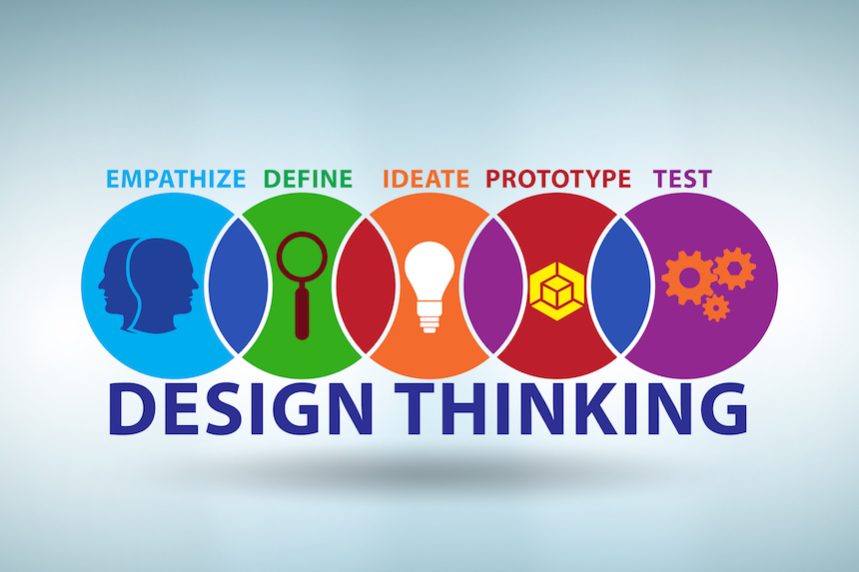Design thinking
Instructor
Write Speakers
- Description
- Curriculum
- Reviews

Design thinking isn’t just problem-solving. Whether you’re a designer, a developer or a business owner, this concept heavily revolves around developing solutions. To put it simply, it’s a creative, human-centric process for creating and generating solutions that are both meaningful and useful. It can be described as a common sense approach as well.
This means that design thinking first aims to focus on people’s needs, wants, and goals in order to come up with a creative solution. Ideally, this should be an innovative solution, too. In business, design thinking is often associated with competitive advantages.
Introduction
-
1What is design thinking?
-
2Design Thinking in action
-
3The Origins of Design Thinking
-
4What industries and roles can benefit from design thinking?
-
5Design Thinking in action
-
6The Non-Linear Nature of Design Thinking
-
7The Origin of the 5-Stage Model
-
8What industries and roles can benefit from design thinking?
5 Stages in the Design Thinking Process
Why is design thinking important?
-
14Aims to solve a concrete human need
-
15Aims to solve a concrete human need
-
16Tackles problems that are ambiguous or difficult to define
-
17Tackles problems that are ambiguous or difficult to define
-
18Leads to more innovative solutions
-
19Leads to more innovative solutions
-
20Makes organizations run faster and more efficiently
-
21Makes organizations run faster and more efficiently
5 Stages in the Design Thinking Process
5 Traits of Design Thinking on Solutions-Oriented Teams
-
27“Design Thinking” — not a term to use loosely
-
28“Design Thinking” — not a term to use loosely
-
29Flexibility, curiosity, and positivity
-
30Flexibility, curiosity, and positivity
-
31Empathy
-
32Empathy
-
33Collaboration
-
34Collaboration
-
35Find a Team of Design Thinkers
-
36Find a Team of Design Thinkers
Please, login to leave a review







